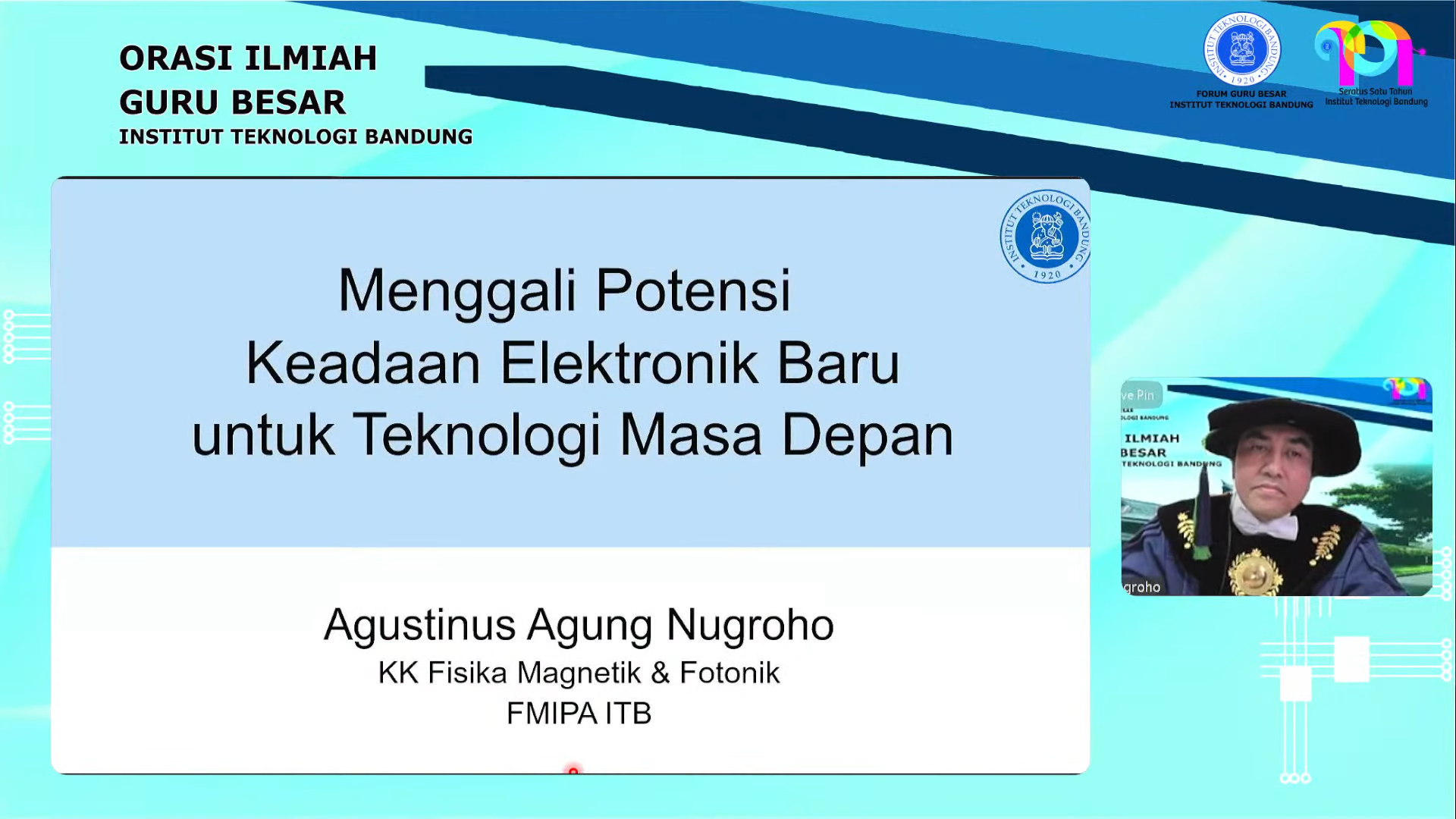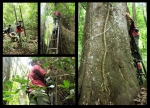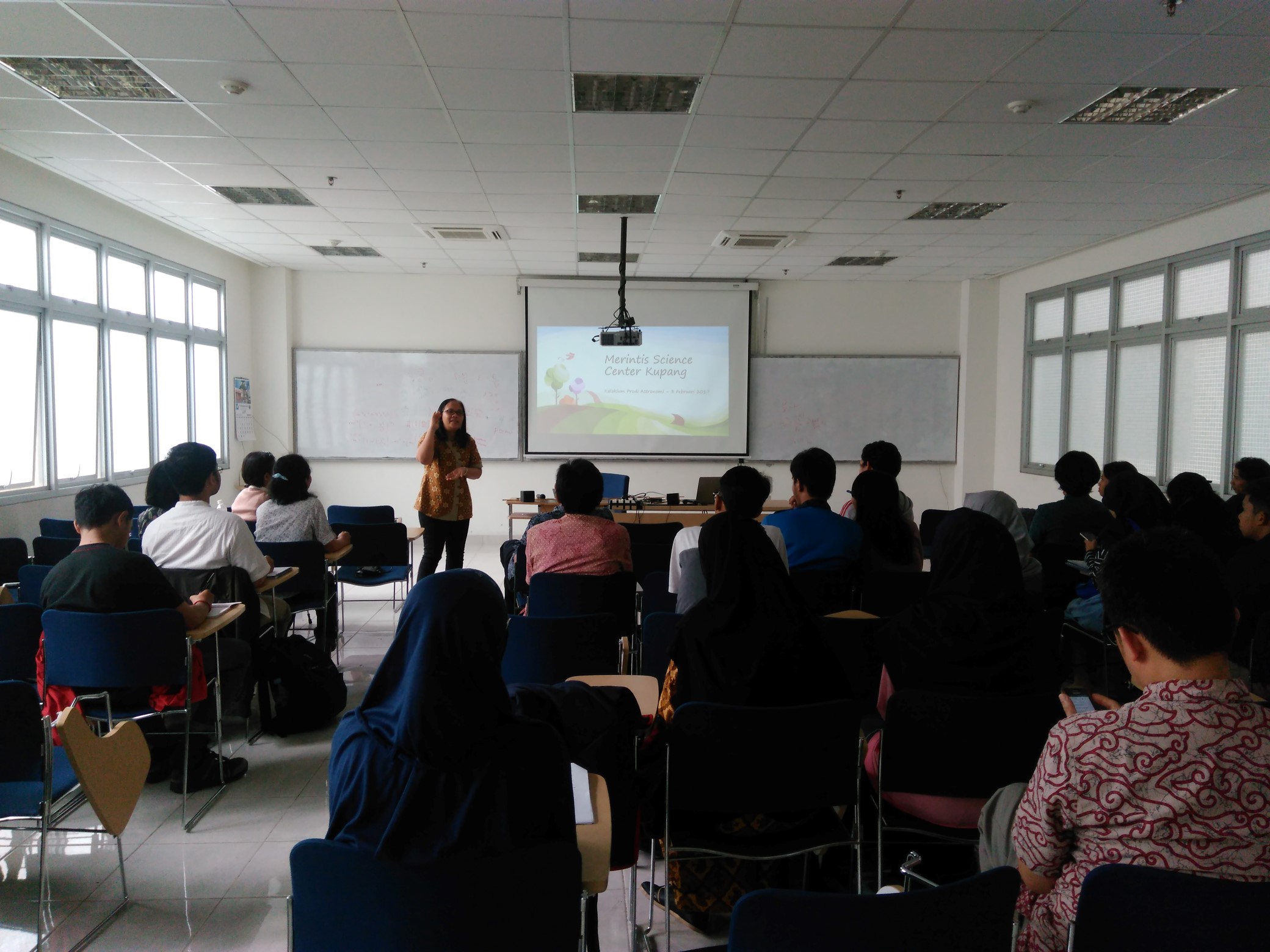Scientific Speech by Prof. Agustinus Agung Nugroho Uncovers the New Electronic Potential for Future Technology
By Adi Permana
Editor Adi Permana

BANDUNG, itb.ac.id—Institut Teknologi Bandung (ITB) Professor Forum held scientific speech on Saturday (10/7/2021). Four professors delivered their speech online. One of them is Prof. Dr. Agustinus Agung Nugroho Sulistyo Hutomo, Professor of Physics of Magnetism and Photonic Research Group, Faculty of Mathematics and Natural Science.
Prof. Agustinus in his scientific speech carries a topic “Digging New Electronic Potential for Future Technology”. He said, future technology demands people to obtain, process, and store information while saving energy use. The mobility of the work also demands the used devices can be flexible, lighter, and smaller in size.
Currently, the study of components of memory, processor, and data storage into one component has become popular. It is constantly being studied to make it more efficient, especially considering there are so many problems related to power loss.
“Consequently, we can no longer live up to Moore’s prediction that the use of semiconductors will double each year. This indicates that new materials with small electrical power and dissipation power are needed,” explained Prof. Agustinus.
Prof. Agustinus then discusses several new mechanisms to obtain switching effects that have the potential for sensor, memory, and energy applications out of magnetic materials. The discussions consist of 3 basic studies of electronic changes in a material, namely based on changes in symmetry; interrelationships between charge, spin, and orbital states; as well as the topological properties of the electronic band structure.
The electronic state indicates the dispersive relationship of the material. The dispersive relationship in the energy band results in crosses. From this crossing point, many anomalies of physical properties emerge. In physics, many new discoveries are initiated from observations of anomalies in physical properties which are believed to originate from electronic states that have anomalies as well.
In the same scientific speech, the Professor of Physics of Magnetism and Photonic Research Group also explained another approach named the Hubbard Model. In this model, there is an interaction between the charge, orbital, and spin properties of electrons. In transition metal oxides there can be spin, orbital, and charges regularities.
Prof. Agustinus gave examples he found interesting in magnetism. One of them is the magnetization reversal phenomenon found in single crystal YVO_3 under the antiferromagnetic transition temperature.
Prof. Agustinus then explained his exploration result regarding the anomalous properties of Weyl magnetic topological materials. Crosses on the electronic band structure produce Weyl points and Berry curvatures. In 2016, he discovered a material that produces a large Nernst effect, namely Co2 MnGa.
For closing, Prof. Agustinus emphasized that technological breakthroughs cannot be separated from efforts to conduct fundamental research. “By doing fundamental research, we can get new knowledge which then brings new physical properties and new materials,” he said
Reporter: Nirmala Hajaria (Arsitektur 2019)
Translator: Aghisna Syifa Rahmani (Biologi 2020)

.jpg)

.jpg)
.jpg)
.jpg)



